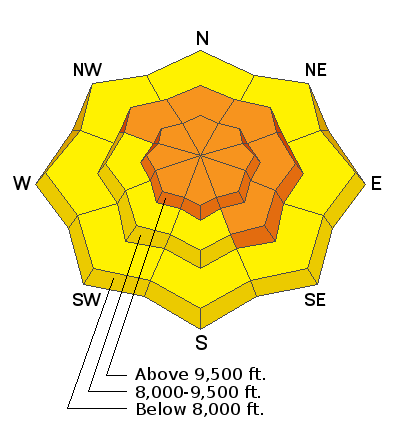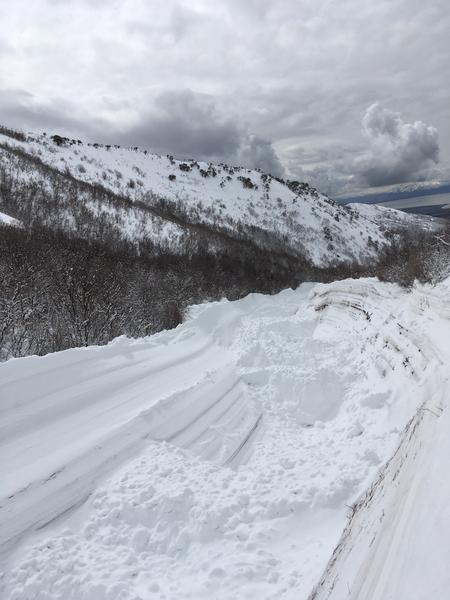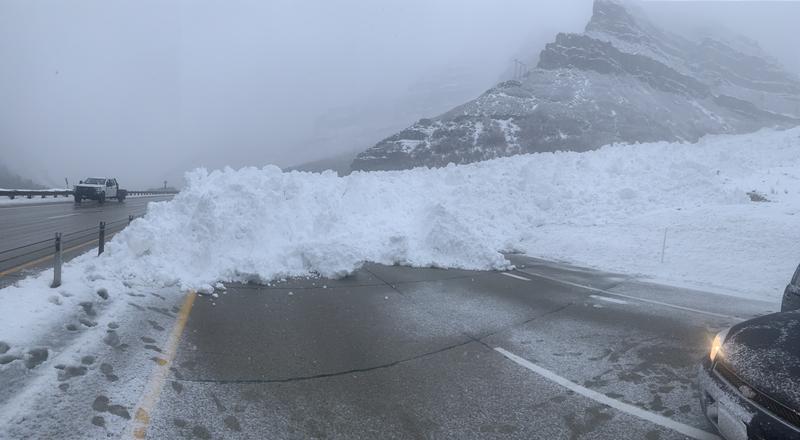Forecast for the Provo Area Mountains

Issued by Drew Hardesty on
Sunday morning, March 10, 2019
Sunday morning, March 10, 2019
The avalanche danger is CONSIDERABLE at many mid and upper elevation slopes. New snow avalanches 1 to 3 feet deep can be triggered, along the ridge lines and mid slope. It's also possible to trigger a much larger and deeper slide that breaks into deeper weak layers on aspects facing northwest through north through southeast at the mid and upper elevations. Use cautious route finding and conservative decision making today. Low elevations are included as they may be beneath larger runout zones.
If the sun or greenhousing manifests, wet avalanches are to be expected.

Low
Moderate
Considerable
High
Extreme
Learn how to read the forecast here











